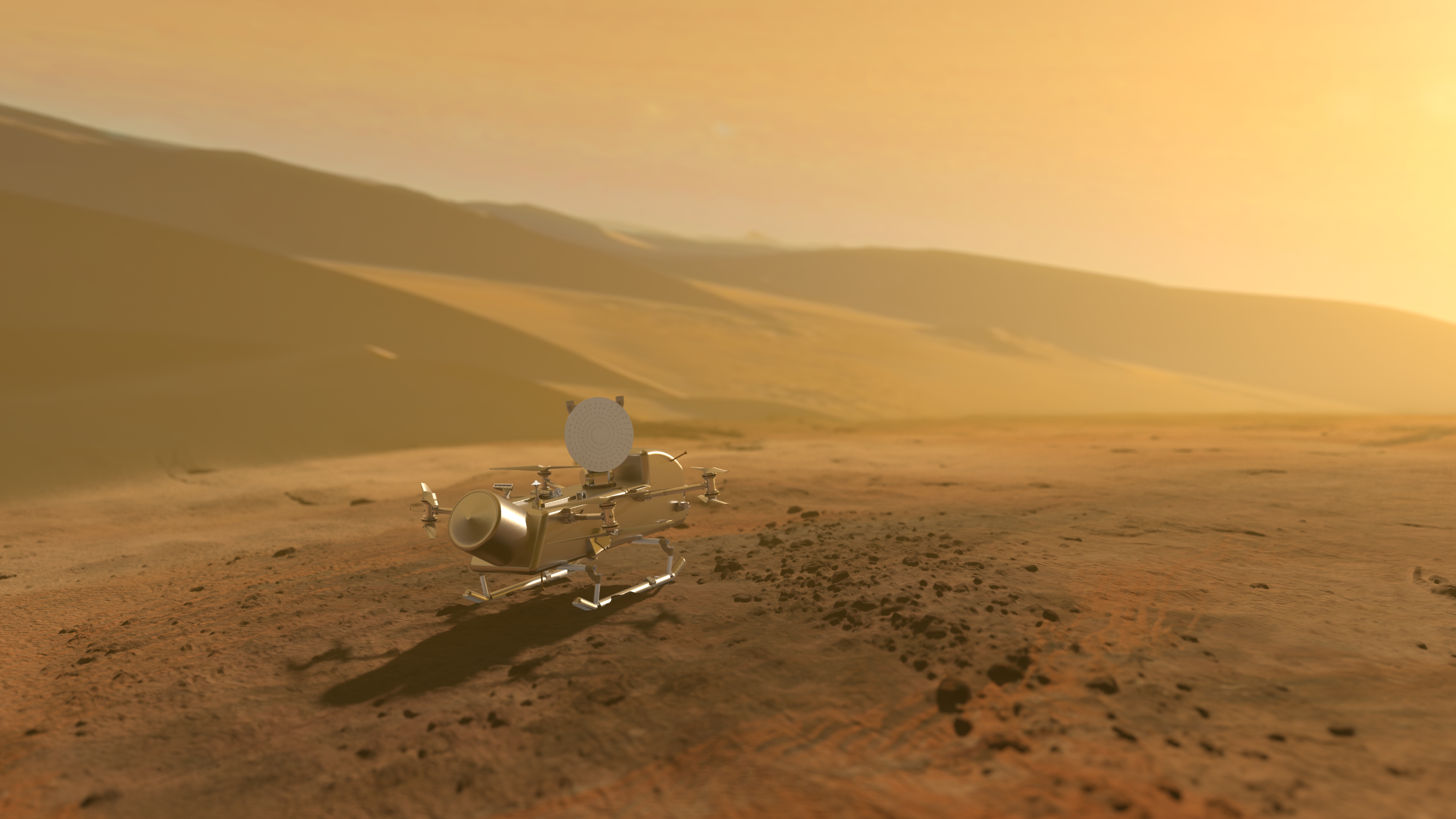4 min read
Cassini Significant Event Report
For Week Ending 03/20/98
Spacecraft Status:
The Cassini spacecraft is presently traveling at a speed of approximately 142,000 kilometers/hour (~88,000
mph) relative to the sun and has traveled approximately 413 million kilometers (~257 million miles) since
launch on October 15, 1997.
The most recent Spacecraft status is from the DSN tracking pass on Thursday, 03/19, over Madrid. The
Cassini spacecraft is in an excellent state of health and is operating nominally. The speed of the spacecraft can be viewed on the "Where is Cassini Now?" web page (http://saturn.jpl.nasa.gov/operations/present-position.cfm)
The C6 sequence activities concluded Sunday, 03/15. The C7 sequence activities began on Sunday, as
planned. The C7 sequence will run through Sunday, May 10.
Inertial attitude control is being maintained using the spacecraft's hydrazine thrusters (RCS system). The
spacecraft continues to fly in a High Gain Antenna-to-Sun attitude. It will maintain the HGA-to-Sun attitude,
except for planned trajectory correction maneuvers, for the first 14 months of flight.
Communication with Earth during early cruise is via one of the spacecraft's two low-gain antennas; the antenna
selected depends on the relative geometry of the Sun, Earth and the spacecraft. The downlink telemetry rate is
presently 40 bps.
Spacecraft Activity Summary:
On Friday, 03/13, and Saturday, 03/14, there were no changes in spacecraft configuration.
On Sunday, 03/15, the two 44 Watt Infrared Optics decontamination heaters of the Visual and Infrared
Mapping Spectrometer (VIMS) instrument were turned off, the requirement having been met to operate these
heaters for the first 150 days of flight. These heaters have served to keep spacecraft outgassing products,
which decrease during the first few months of flight, from accumulating on otherwise cold optical and radiative
surfaces of the VIMS instrument. Two lower power VIMS heaters were left on, continuing the
decontamination for the instrument at a lesser level.
On Monday, 03/16, there were no changes in spacecraft configuration.
On Tuesday, 03/17, the Solid State Recorder (SSR) record and playback pointers were reset, according to
plan. This housekeeping activity, done approximately weekly, maximizes the amount of time that recorded
engineering data is available for playback to the ground should an anomaly occur on the spacecraft.
Also on Tuesday, and extending into Wednesday, 3/18, the SRU-B Decontamination mini-sequence was
uplinked and executed. This activity heats the stellar reference unit (SRU) radiator to eliminate any
contamination that may have accumulated early in flight. Following the heating period, the radiator is allowed
to cool; star data is then collected using the SRU to verify proper functionality. Although both activities
executed as planned, the radiator heating on Tuesday fell short of the expected temperature; this result is being
analyzed by the thermal engineers. Star data was successfully collected on Wednesday and is presently being
analyzed. No changes are needed to the upcoming SRU decontamination activity for SRU-A (scheduled for
3/24 and 3/25).
Also on Wednesday, the now standard SSR Flight Software Partition maintenance activity was performed.
This activity repairs any SSR double bit errors (DBEs) which have occurred in the code-containing portions
of the Flight Software partitions during the preceding period.
On Thursday, 03/19, there were no changes in spacecraft configuration.
Upcoming events:
Events for the week of 03/20 through 03/26 include: SSR Pointer reset (03/20), AACS Mass Properties
MRO prior to TCM #3 (03/24), uplink and execution of SRU-A Decontamination (03/24 - 03/25), SSR
Pointer reset (03/26), and Huygens Probe Check-out #2 (03/26).
DSN Coverage:
Over the past week Cassini had 10 DSN tracks occurring daily from Friday (03/13)through Thursday
(03/19). In the coming week there will be 8 DSN passes.
Science Office Activity Summary:
The last Cassini Facility Instrument Letter of Agreement has now been signed by the Cassini Radio Science
Team Leader and the Cassini Program Manager. United States Geological Survey work orders are now in
place for the services of two more Cassini Science Team members, bringing the total to 35 of 37 science
contracts or work orders now in effect. The remaining two, also with USGS, are expected to be completed
soon.
Additional information about Cassini-Huygens is online at http://saturn.jpl.nasa.gov.
Cassini will begin orbiting Saturn on July 1, 2004, and release its piggybacked Huygens probe about six months later for descent through the thick atmosphere of the moon Titan. Cassini-Huygens is a cooperative mission of NASA, the European Space Agency and the Italian Space Agency. JPL, a division of the California Institute of Technology in Pasadena, manages the mission for NASA's Office of Space Science, Washington, D.C.
Media Relations Office
Jet Propulsion Laboratory
California Institute of
Technology
National Aeronautics and Space
Administration
Pasadena, Calif. 91109.
Telephone (818) 354-5011







